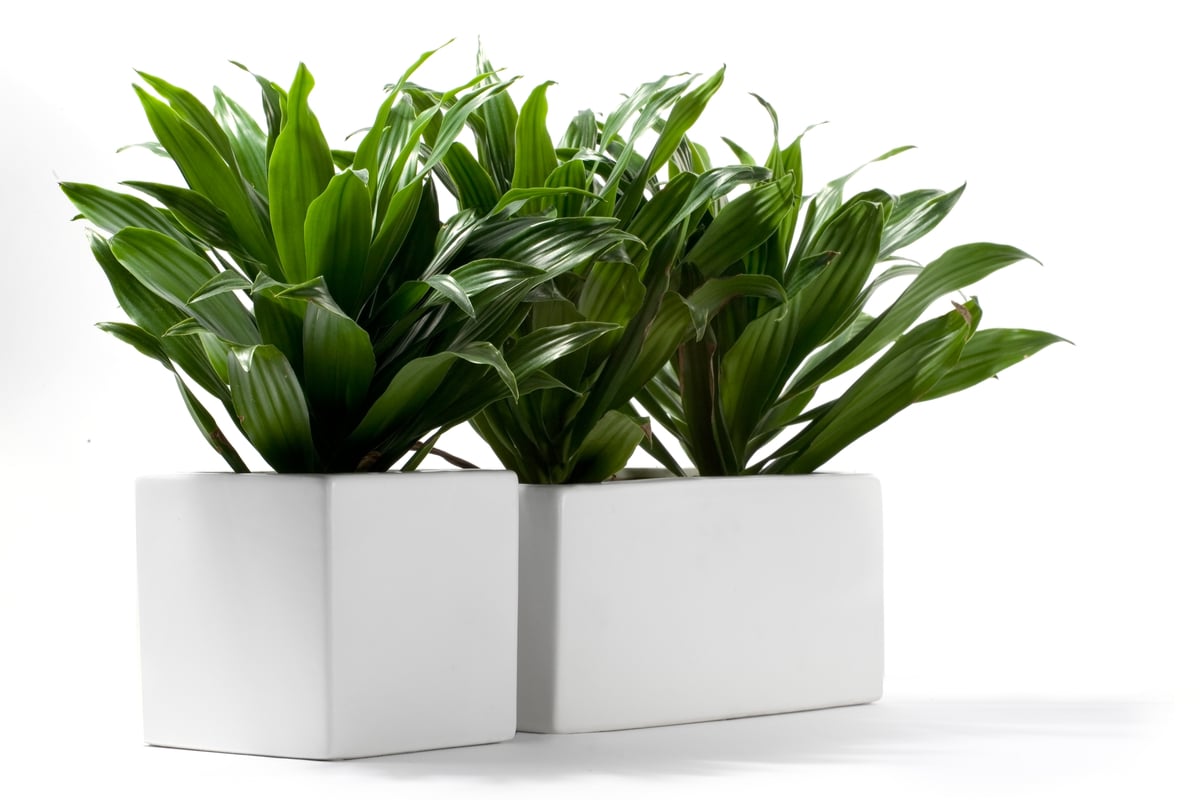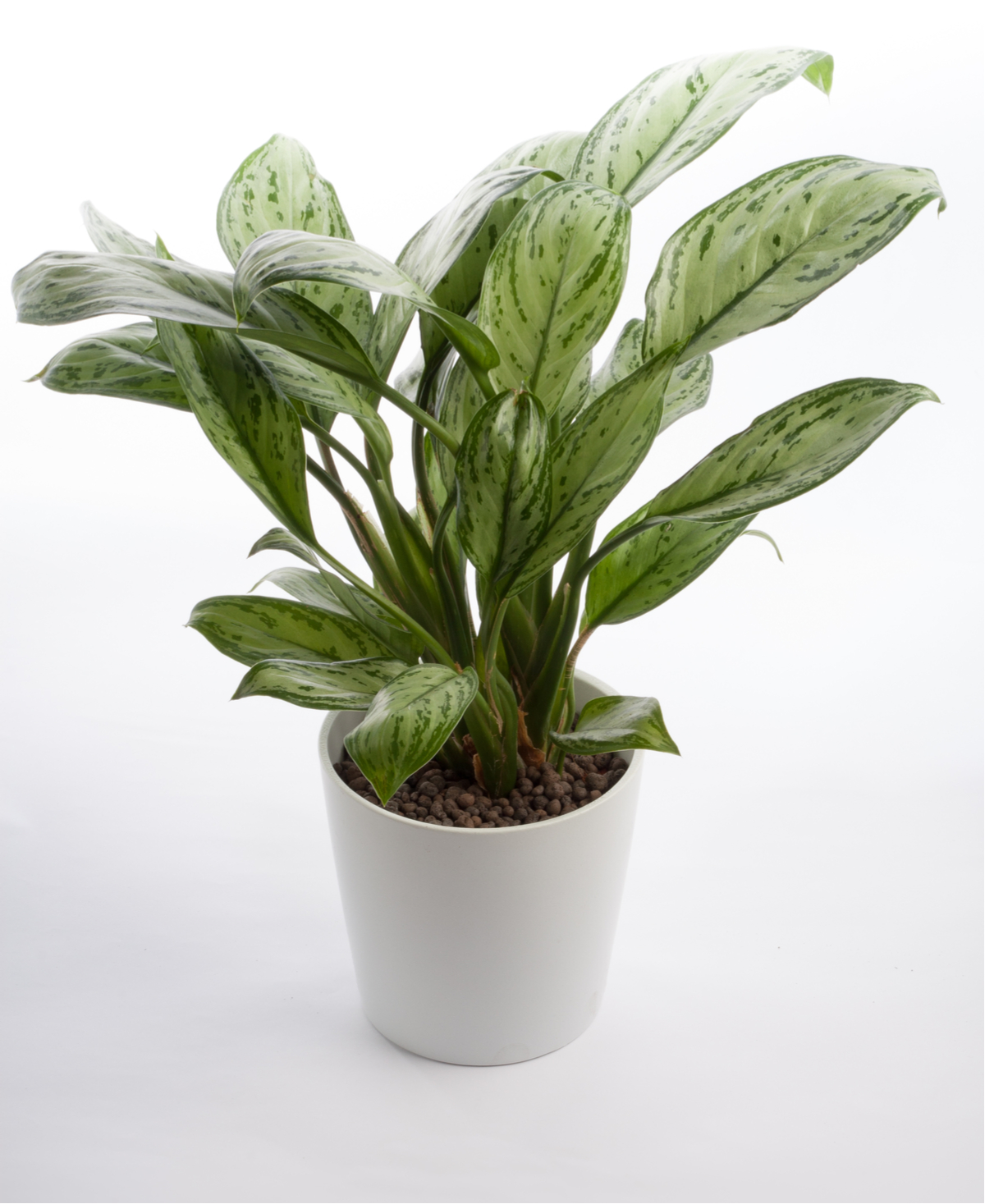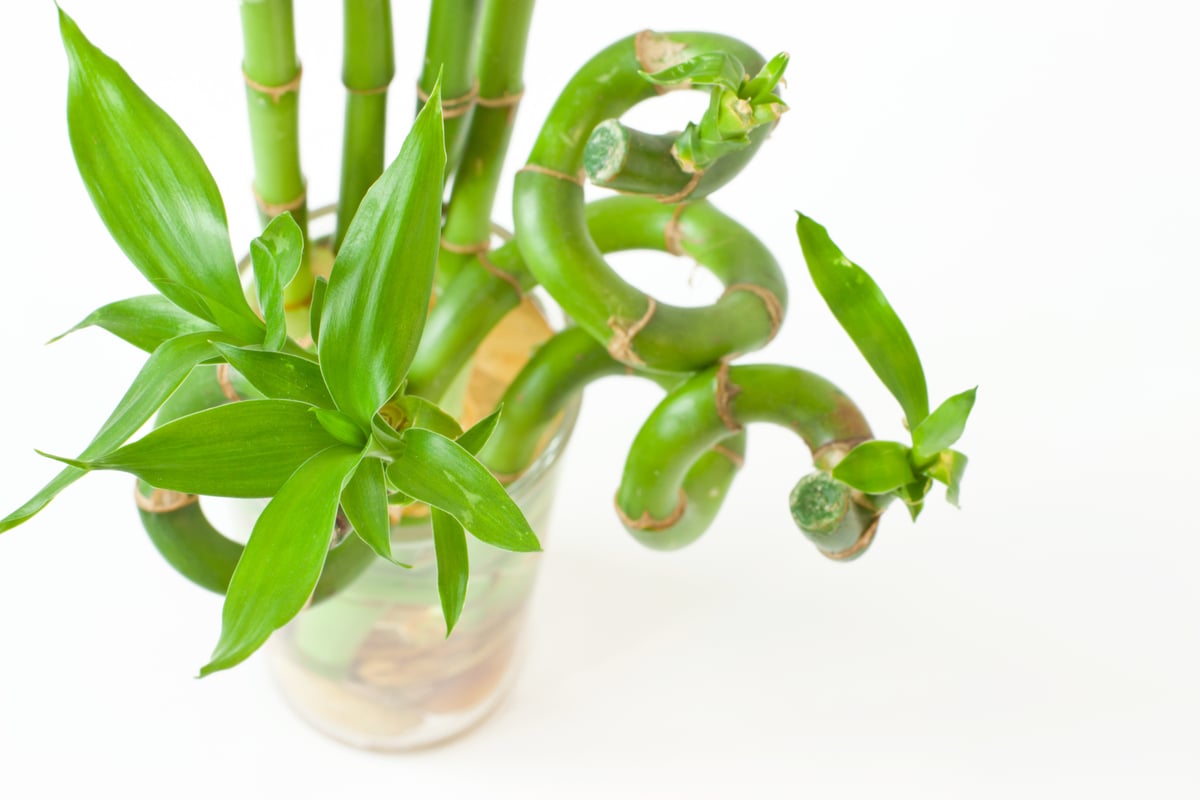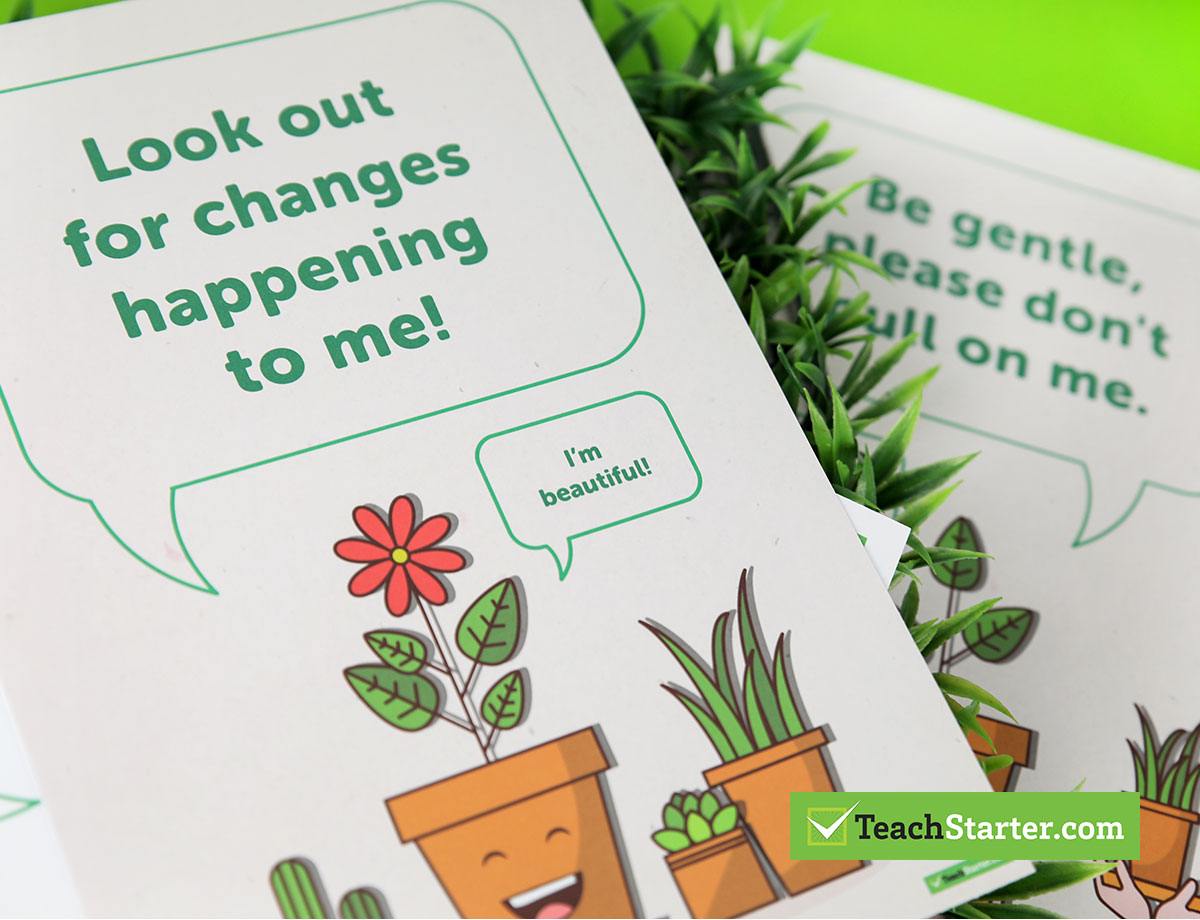Have you been wondering which plants are best for the classroom, but can’t get around to doing the research to find out? Bringing a little greenery into the classroom or office provide a host of wellness benefits that are hard to argue with. Research into workplace environments has shown that there are measurable associations between the presence of indoor plants and increased productivity, reduced stress and reduced time off with sickness. Even NASA explore the best and worst indoor plants for helping to improve air quality should humans ever need to live in a “sealed” environment on another planet!
If you’re not much of a green-thumb but would like to keep a few classroom plants, look no further! With my two main points of consideration being ease of care and allergy friendliness, I’ve compiled a list of the best and worst indoor plants for classrooms.
The Best Classroom Plants
#1 Jade Plant
Not only are jade plants easy to take care of but they are also known to be symbols of good luck! These plants have a thick woody stem with rubbery leaves
How to Care for a Jade Plant
- Plant in a pot that is a little wider than you think the plant needs. Jade tends to grow quite top-heavy, so will need the support of a bigger pot later on!
- Pot using a free-draining soil, or a cactus/succulent mix.
- Jade plants are best in a sunny spot! So keep this one by a bright window.
- Water when the top of the soil is dry to touch. But be careful not to over-water as Jade plants do not like to be waterlogged.
- Fertilise once every 3 – 4 months with an all-purpose fertiliser.
- Wipe the leave with a damp cloth every now and again to remove dust.
#2 Spider Plant
Spider plants have long, thin green and white leaves. They are a striking plant to have in a hanging basket or macrame plant hanger. Spider plants are so-named because of the long stems of “spiderettes” that grow from the “mother plant”.
How to Care for a Spider Plant
- Pot using a free-draining potting mix.
- Keep your spider plant in low to medium light.
- Water only when the soil is dry to touch, making sure not to waterlog the plant.
- Prune your spider plant once a year in Spring or Summer by cutting discoloured and dead leaves or unwanted spiderettes at the very base of the plant.
- Repot only when the roots of the plant begin to show at the top of the pot.
#3 “Janet Craig” Dracaena

This is a specific variety of dracaena species that can grow up to 3m (10 ft) tall if not pruned. That said, it makes a gorgeous floor plant to help disguise filing cabinets or other less-desirable classroom feature!
How to Care for a Janet Craig Dracaena
- Yes, it’s a running theme in this post, but don’t over-water your new dracaena.
- Prune back if it gets too tall by simply cutting the cane at any point. The plant will sprout a new cluster of leaves.
- Move to a larger pot when the roots have filled the original one.
- Flush salts from the soil once a year, but taking the plant out into a warm spot out of direct sunlight and slowly pouring luke-warm water over the soil.
- Wipe the leaves with a damp cloth to remove dust build up.
#4 Chinese Evergreen

A stunning plant with white and green leaves, Chinese Evergreens are another indoor planted that are touted as making a novice gardener look like an expert! Although being a tropical plant, it will enjoy warmer locations where the temperature doesn’t drop much below 16°C (60°F).
- Pot using a free-draining soil.
- Place in a spot with low-medium filtered light.
- Water occasionally, allowing the soil to dry out a little between each watering.
- Prune off any flowers or dead leave by reaching into the plant and cutting as close to the bottom of the stem as possible.
#5 Lucky Bamboo

Another species of dracaena, you can grow lucky bamboo in water or soil! Place a few stems of lucky bamboo in a tall glass vase to easily keep track of its watering needs, or place the bamboo in a pot and fill it with pebbles and water. Alternatively, plant your bamboo in a well-draining soil.
How to Care for Lucky Bamboo in Water
- Keep your lucky bamboo out of direct sunlight.
- Make sure that the roots of the bamboo are always covered with water.
- As the stalks grow taller, move the bamboo into a taller pot or container to ensure you can still fill it past the roots.
- Prune any thin or crooked shoots 2.5-5cm from the main stalk.
How to Care for Lucky Bamboo in Soil
- Keep your lucky bamboo in an area with low to medium light.
- Water regularly to ensure the soil is always moist to touch.
Plants to Avoid in the Classroom
It is best to avoid the following indoor plants as they can increase allergies such as hay fever and skin rashes.
Avoid Flowering Plants with High Levels of Pollen
Flowers or flowering plants such as daisies, sunflowers, chamomile, Queen Anne’s lace, African violets and chrysanthemums have high levels of pollen and a known to make life terribly uncomfortable for sufferers of hayfever!
Avoid Plants That Cause Skin Irritations
Some common indoor plants might not be suitable for the classroom as they can cause rashes or other irritations to people with sensitive skin. Avoid plants such as ferns, bonsai, English Ivy, Weeping Figs, palm trees and Yukkas.
Avoid Plants That Are Poisonous When Ingested
While this sounds like a no-brainer it is surprising just how many plants can cause illness if ingested. The Zanzibar Gem is a popular indoor plant that is touted to “thrive on neglect”. However, the sap from this plant is toxic which makes it one that might not be worth the risk in your classroom. Similarly, Peace Lilies and Snake Plants (a.k.a. Mother-in-Law’s Tongue) are also toxic to humans when ingested.

Check out our cute Classroom Garden posters!
Keeping plants in the classroom isn’t just about aesthetics. The simple act of looking at a plant triggers a positive response in our brain. So when students are feeling tired, stressed or struggling to keep their attention on the task at hand, having plants around might just help them out in that moment!
Not only that but keeping plants can be a great part of continuing your class conversation about sustainability and the environment. Use your class plants to explore life cycles, learn about why living things need water and practise “plants in action” vocabulary every day.







Comments